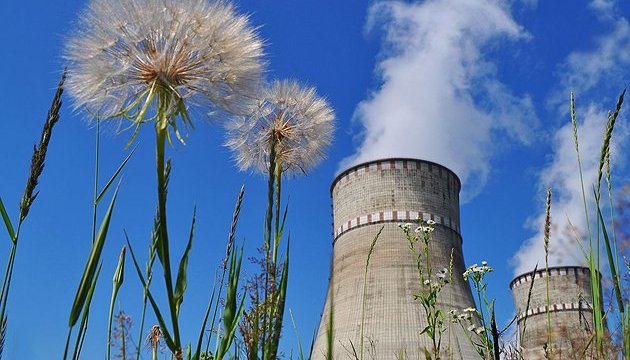УДК 550.47:550.424 • Issue 4 (32) / 2020 • 50-57 pages
Dolin V.V., Bobkov V.M.
Dolin V.V., Hab. Dr. Geol., Prof., State Institution “The Institute of Environmental Geochemistry of National Academy of Sciences of Ukraine”, ORCID: 0000-0001-6174-2962, vdolin@ukr.net
Bobkov V.M., Ph.D. (Chemistry), Senior Researcher, State Institution “The Institute of Environmental Geochemistry of National Academy of Sciences of Ukraine”, IGNS_Bobkov@nas.gov.ua
Abstract
In the greenhouse experiment in time dynamics the peculiarities of tritiated water transpiration flux from an aqueous feeding solution to the white willow (Salix alba L.) tissues were studied. The experimental results are analyzed from the standpoint of chemical kinetics. From the experimental data, the rate constants of the processes of tritium removal by the biogenic flow from the aquatic food environment, its entry into the intracellular sap of wood and leaves, and transformation into an organically bound form were calculated. Up to 70% of tritium absorbed by plants from the aqueous feeding solution takes part in the transpiration-assimilation cycle through the aquatic tissues of the plants; about 30% evaporates through the leaves into the atmosphere. The water of the nutrient medium rises up through the plant by the transpiration flux at high speed (1.6 ± 28% mg×s–1) rises along the xylem by the plant. Within two weeks, the concentration of tritium in the intercellular sap of different parts of the trunk is almost equalized. In the leaf during photosynthesis, the main process of fractionation of hydrogen isotopes occurs. The tritium concentration in the leaves is significantly lower (29%) than in the trunk due to transpiration into the atmosphere through the stomata and cuticle. The obtained data testify to the “threshold” mechanism of tritium assimilation in the organic phase of the plants and the cyclicity of the migration processes in the aqueous phase of the living matter. The organically bound tritium concentration reaches a maximum value (7% of the activity of water in the aqueous feeding solution) during the first week, then decreases and equalizes in all parts of the trunk. Using a radioactive marker (tritiated water) the specific velocity of the ascending xylem flux of water in the white willow seedlings is assessed to (9.5±0.3)×10–5g×s–1
.
Key words: tritiated water, white willow, transpiration, intercellular sup, organically bounded tritium, vapors from leaves, concentration, rate constant.
Article
Reference
- Bobkov V. M., Dolin V. V. (2016). Zbirnyk naukovykh pratsʹ Instytutu heokhimiyi navkolyshnʹoho seredovyshcha NAN Ukrayiny, 25. pp.49- 55.
- Dolin V. V., Bobkov V. M., Pushkarev O. V., Koshliakova T. O. (2018), Universal Journal of Geoscience. 6(6). pp. 175-183.
- Réy F. Évert (2015), Moscow: Laboratoryya znanyy, 600 p.
- Stroenye provodyashchykh tkaney. Available at: http://biofile.ru/bio/21756.html
- Provodyashchye tkany: botanyka. Available at: http://botanika-olgacheva.odn.org.ua/B5703Part15-48.html
- Polevoy V.V. (1989). Moscow: Vyssh. shk., 464 p.
- Érzhapova R.S., Érzhapova R.S. (2015), Hroznyy: Yzdatelʹstvo CHHU. 128 p.
